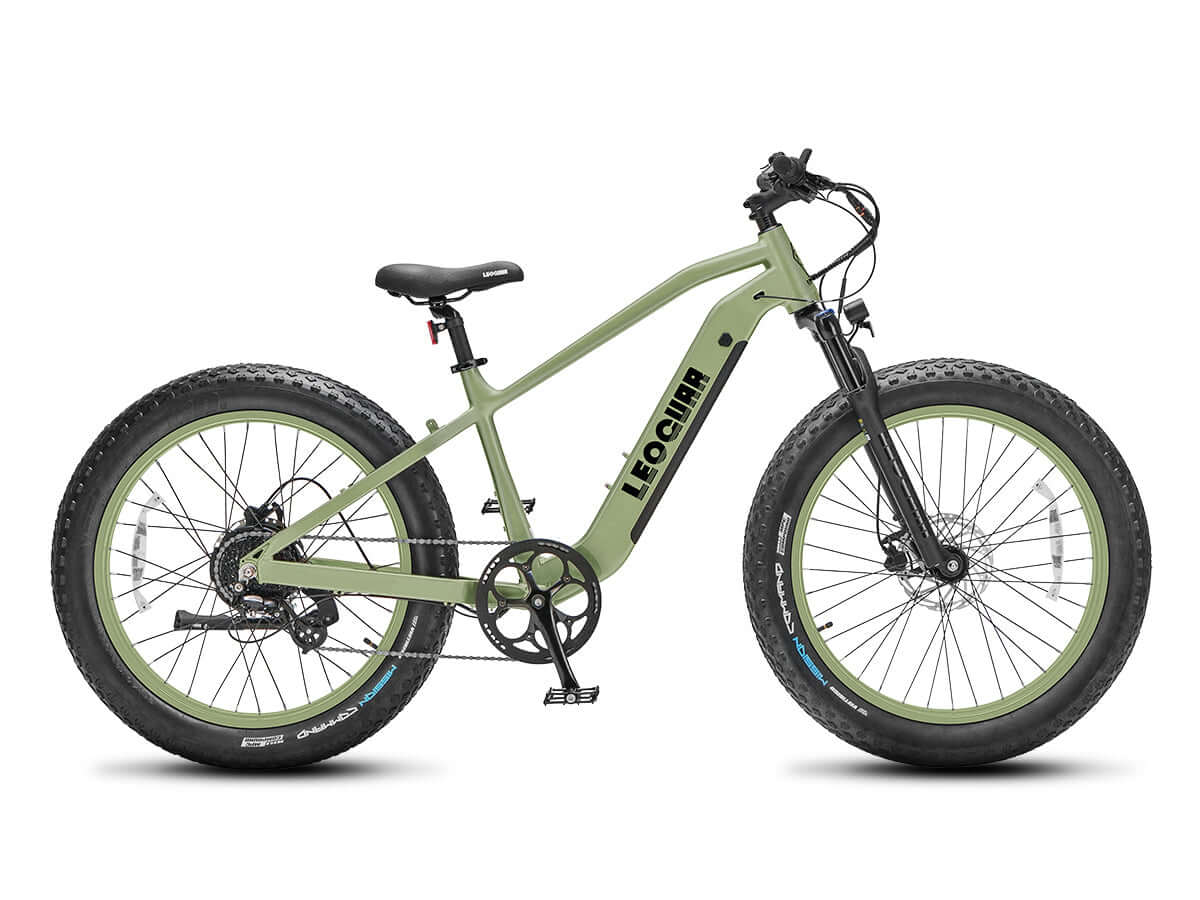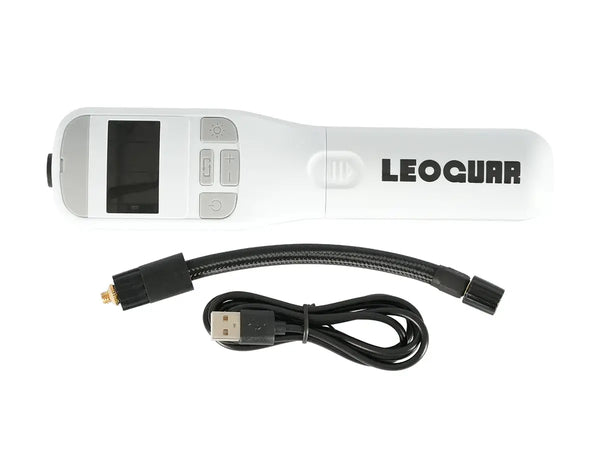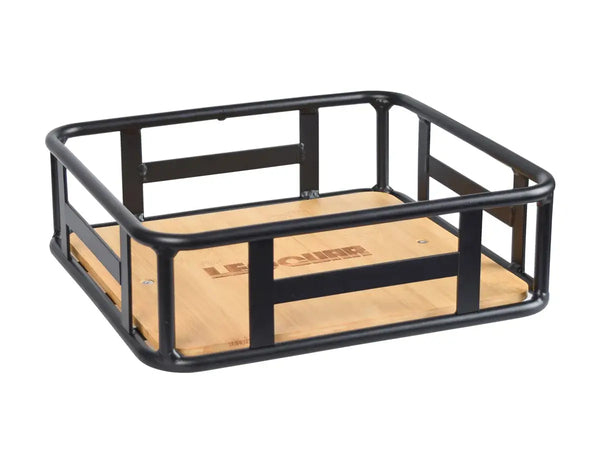
E Bike Throttle vs Pedal Assist: Key Differences
When you choose an electric bicycle with pedals, you need to make one key decision first. This decision is about how you want the motor to give you power. It comes down to two systems: the e bike throttle and pedal assist.
The difference is simple but important. An e bike throttle gives you power whenever you want it, even if you aren't pedaling, just like a scooter. You push a lever or twist a grip, and the bike moves. In contrast, pedal assist only gives you motor power while you are actively pedaling, making your effort stronger.
Think of it this way: a throttle is a "go" button, while pedal assist is like having a helpful wind that makes your pedaling easier. The right choice for you isn't about which is "better," but which system fits your riding style, fitness goals, and local laws. This guide will break down everything you need to know to make your decision with confidence.
What is an E-Bike Throttle?
An e-bike throttle gives you direct control over the motor, completely separate from your pedaling. It's the feature that makes an electric bike feel like a moped, offering an easy way to ride.
The Motorcycle-Style Experience
The way it works is simple: a control on your handlebar—either a lever or a twist-grip—sends a signal directly to the motor, telling it to give power. From our experience, the feeling is one of instant satisfaction. When you're stopped at a traffic light, a simple push of the throttle gives you power right away to get you moving quickly and safely through the intersection, with no leg strain needed.
It lets you cruise at a set speed without any physical effort, letting you rest your legs on a long ride or simply enjoy the view.

Types of E-Bike Throttles
Throttles come in two main forms, each with a different feel:
Twist Throttle: Similar to a motorcycle, this throttle is built into the handlebar grip. You twist it to speed up. They can be full-twist, where the entire grip turns, or half-twist, where only part of the grip turns.
- Pros: Offers very fine speed control that feels natural.
- Cons: Can cause wrist pain on long rides and has a slightly higher risk of turning on by accident.
Thumb Throttle: This is a small, separate lever, usually placed near the thumb of your left or right hand. You push it forward or down to turn on the motor.
- Pros: Less likely to cause pain and reduces the chance of turning on by accident when moving the bike.
- Cons: Some riders find it can be less exact for controlling speed compared to a twist throttle.
Pros and Cons of Throttles
Using a throttle has clear good points and bad points that you should think about carefully.
Pros:
- Easy Starts: Getting a heavy e-bike moving from a stop, especially on a hill, is made easy.
- Instant Power Boost: Important for quickly crossing intersections or getting a sudden burst of speed to merge with traffic.
- No-Pedal Riding: You can take a complete break from pedaling, which is great if you're feeling tired, have physical problems, or just want to cruise.
- Safety in Traffic: The ability to speed up instantly helps you keep pace with urban traffic, making you more visible and predictable to drivers.
Cons:
- Shorter Battery Life: Using the throttle only is the fastest way to drain your battery. It's much less efficient than using pedal assist.
- Less Exercise: It removes the physical activity part of cycling, turning the ride into a passive experience.
- Law Restrictions: Throttles are often not allowed on multi-use trails, in bike parks, and in certain countries or regions.
- Potential for Motor Stress: Using the throttle repeatedly to speed up from a dead stop, especially on steep hills, can put significant stress on the hub motor over time.
What is Pedal Assist?
Pedal assist is the most common system on an electric bicycle with pedals. It's designed to feel like traditional cycling, but with a superpower. The motor only turns on to help you when it senses that you are turning the pedals.
You are the Engine, with a Helper
The main idea of pedal assist is to make your own effort stronger, not replace it. You still pedal, you still shift gears, and you still get a workout. The system simply makes it easier, reducing the strain of hills and headwinds and allowing you to ride further and faster than you might on a regular bike.
This is what keeps the real "bicycle" feeling. Most systems offer multiple levels of help, allowing you to choose how much assistance you want, from a gentle push to a powerful boost.
The Heart of the System
Not all pedal assist systems are the same. The ride feel is very different depending on the type of sensor the bike uses to detect your pedaling.
Cadence Sensors: This is the more basic and common system, often found on budget-friendly e-bikes. It works like an on/off switch. As soon as the sensor detects that the pedals are turning, it tells the motor to deliver a fixed amount of power matching your selected assist level (like Level 3).
It doesn't matter how hard you pedal; as long as you're turning the cranks, you get that set level of power. Our experience with cadence sensors is that they can feel sudden. There's a noticeable "kick" as the motor turns on and a slight delay before it starts. It can sometimes feel like the bike is running away from you if you're pedaling slowly in a high assist level.
Torque Sensors: This is a more advanced and natural system found on mid-tier and premium e-bikes. A torque sensor measures how hard you are pressing on the pedals. The harder you pedal, the more power the motor delivers.
If you pedal gently, you get a little bit of help. If you're attacking a steep hill and pushing hard, the motor responds instantly with a matching amount of power. The feeling is incredibly smooth and seamless.
It doesn't feel like a motor is kicking in; it simply feels like you've suddenly become a much stronger cyclist. Many premium e-bikes use torque sensors to provide what reviewers often call a more natural pedal experience.
Pros and Cons of Pedal Assist
Pros:
- Longer Battery Life: By requiring you to contribute effort, pedal assist is far more energy-efficient than using a throttle, significantly extending your ride distance.
- Provides Exercise: It keeps you active and engaged, providing the health benefits of cycling while reducing the strain on your joints.
- More "Bicycle-Like" Feel: It keeps the essence of cycling, especially with a torque sensor, making the experience more rewarding for many riders.
- Wider Legal Acceptance: Class 1 e-bikes (pedal assist only, 20 mph max) are generally allowed in more places, including many bike paths and mountain bike trails.
Cons:
- Requires Pedaling: You can't take a complete break and just cruise. If you stop pedaling, the motor stops helping.
- No Instant Boost from a Stop: You must start pedaling to turn on the motor, which can be challenging when starting on a steep hill from a dead stop.
- Cadence Sensor Delay: Basic cadence sensors can have a slight delay before the power turns on or off, which can feel jarring to some riders.
Throttle vs. Pedal Assist at a Glance
To make your decision easier, here's a direct comparison of the two systems across key factors.
| Feature | E-Bike Throttle | Pedal Assist |
|---|---|---|
| How it Engages | On-demand via lever/twist | Engages when you pedal |
| Ride Feel | Like a moped or scooter | Like a super-powered bicycle |
| Best for Exercise | Low | High |
| Battery Efficiency | Lower | Higher |
| Starting on Hills | Excellent | Can be challenging |
| Learning Curve | Very low | Low (Torque sensor is most intuitive) |
| Typical E-Bike Class | Class 2, Class 3 (where allowed) | Class 1, Class 3 |
| Cost | Common on budget-friendly bikes | Standard on all e-bikes (torque sensors are pricier) |
Which is Right for YOU?
The best system depends entirely on how you plan to ride. Let's look at a few common rider types to help you decide.
For the Urban Commuter
If your ride involves navigating stop-and-go traffic, crossing busy intersections, and keeping pace with cars, a combination is ideal. We recommend a Class 2 or Class 3 e-bike with both a throttle and pedal assist.
The e bike throttle is valuable for quick, confident starts from a red light, while pedal assist provides efficient power for cruising in bike lanes.
For the Fitness Enthusiast
If you want a good workout, love the pure feeling of cycling, and use your bike for exercise on hills and long-distance routes, a throttle is an unnecessary distraction. We recommend a Class 1 or Class 3 e-bike with a high-quality torque sensor pedal assist. The natural feedback of a torque sensor rewards your effort and provides a satisfying, natural-feeling workout.

For Riders with Limitations
For those who need mobility help due to knee pain, limited stamina, or other physical challenges, the throttle is a game-changer. It ensures you can always get home safely.
We recommend a Class 2 e-bike with a reliable throttle and a cadence-sensor pedal assist. The throttle is the critical feature here, allowing for pedal-free riding when needed. The simplicity of a cadence sensor is often sufficient and cost-effective for this use case. he Leoguar Sprint Utility E-Bike comes with both throttle and pedal assist, making it perfect for urban commuters and riders seeking flexibility.
For the Leisurely Cruiser
If you enjoy relaxed rides on park paths, scenic routes, and want a versatile, fun experience, a hybrid approach is perfect. A bike with both systems offers the most flexibility.
You can use pedal assist for most of the ride to get some light exercise and maximize your range, then use the throttle for a fun boost of speed or to easily conquer that one surprisingly steep hill on your route.
- Urban commuter → “I use throttle to jump traffic lights, pedal assist to cruise longer distances.”
- Fitness rider → “Pedal assist + torque sensor keeps me engaged, feels like real cycling.”
- Mobility-limited rider → “Throttle lets me ride despite knee issues.”
Understanding E-Bike Laws
Your choice between these systems is also governed by local laws. In the United States and many other regions, e-bikes are categorized into a three-class system that determines where you can legally ride.
- Class 1: Pedal assist only, with no throttle. The motor stops providing assistance when the bike reaches 20 mph.
- Class 2: Features an e bike throttle and may also have pedal assist. The motor is not allowed to provide power above 20 mph, whether by throttle or pedal assist.
- Class 3: Pedal assist only, with a maximum assisted speed of 28 mph. Some states allow Class 3 e-bikes to have throttles, but the throttle must cut off at 20 mph.
It is crucial to do your homework. As the advocacy group PeopleForBikes notes, e-bike laws can vary significantly by state and municipality, especially regarding trail access. A Class 2 e-bike with a throttle may be perfect for city streets but prohibited on your local mountain bike trail system.
Making Your Choice with Confidence
The debate between an e-bike throttle and pedal assist comes down to a simple trade-off: on-demand power versus an amplified cycling experience. A throttle gives you power whenever you want it, with or without pedaling. Pedal assist makes you a part of the equation, rewarding your effort with smooth, efficient power.
Neither system is inherently better; the best choice is a personal one based on your needs for exercise, convenience, and fun. Ultimately, the best electric bicycle with pedals for you is the one that gets you out and riding more.
Whether you choose the instant power of a throttle, the organic feel of pedal assist, or a bike that offers both, understanding these differences is the first step toward countless happy miles.
Frequently Asked Questions
Q: Can I have both throttle and pedal assist on the same e-bike?
A: Yes, many Class 2 e-bikes come with both systems. This gives you the flexibility to use pedal assist for efficient cruising and the throttle when you need instant power or want to take a break from pedaling.
Q: Which system uses less battery power?
A: Pedal assist is much more battery-efficient than throttle-only riding. Since you're contributing your own pedaling power, the motor doesn't have to work as hard, which can extend your range by 30-50% compared to using only the throttle.
Q: Is it harder to learn how to ride with a throttle or pedal assist?
A: Both systems are easy to learn, but throttle systems have almost no learning curve since they work like a gas pedal. Pedal assist, especially with torque sensors, feels very natural and intuitive once you start pedaling.
Q: Are there places where I can't ride if my e-bike has a throttle?
A: Yes, some bike paths, national parks, and mountain bike trails only allow Class 1 e-bikes (pedal assist only). Always check local regulations before riding, as throttle-equipped e-bikes may have more restrictions on where they can be used.
Q: Do I need special maintenance for throttle vs pedal assist systems?
A: Both systems require minimal maintenance beyond regular e-bike care. Throttle mechanisms may need occasional cleaning and adjustment, while pedal assist sensors typically require no special maintenance. The motor and battery care remains the same regardless of which system you choose.











































Leave a comment